With the recent nerfs and banning of combo archetypes in all of Hearthstone’s play modes, it has made me wonder about the state of disruption in the game. While it looks like we are moving back towards another midrange metagame, I still firmly believe that Hearthstone should take steps to ensure that there are checks and counters to ensure that combo matchups never feel unwinnable.
Before going into any specific examples, it is important to establish what I mean by disruption, at least in the terms of Hearthstone. There are 4 main categories that disruptive cards fall into, these being hand manipulation, tech cards, secrets, and tax effects. Without further adieu, let us jump into the arguably most controversial type, those being hand/deck manipulation cards.
Hand Disruption
Hand disruption has been for better or worse the strongest type of disruption Hearthstone has seen. Cards in this archetype have been auto includes in control decks, and depending on the metagame, a must include. The three most notable ones being Dirty Rat, Mutanus the Devourer, and the infamous Theotar, the Mad Duke. The largest issue these cards have is that in many ways, they are too efficient at their job and lack a proper downside. As common as turn 2 Dirty Rat pulling out a colossal or some other game ending minion is, there are also plenty of times where it pulls out a small minion and its effectively an Injured Tol'vir. Mutanus’s base 7 mana 4/4, but eating even a small minion takes resources away from the opponent while making a slightly more threatening minion and finally with Theotar, it is incredibly easy to just give the opponent a borderline useless card in return for literally anything. This is not even getting close to the truly most abusable hand disruption card, that being pre-nerf Mindrender Illucia. While at first glance it seems an innocuous card designed to help break apart multi card combo decks, this quickly devolved into putting her into an aggro deck and using her as effectively a 2 mana Time Warp by stealing all the removal and board clears from your opponent. All of this is to say that when it comes to disrupting the opponents gameplan, this type of card is the best of the best and despite how infuriating being on the receiving end is, it is vital to always have some form of them in the metagame.
The best example of this can be seen last year with Sire Denathrius, who established himself as one of, if not the best, finishers the game has ever seen. When both aggressive decks and control decks are running the same 10 mana card that requires a bit of a set up to be impactful, the card might be pretty strong. This eventually led to one of the most combo-centric metagames seen in a while once other strong combo cards like Astalor Bloodsworn and Anub'Rekhan joined the fray. The only hand disruption available were Mutanus and an already nerfed twice Theotar, which despite their best efforts, were not enough to stop both the Combo druid and Shockspitter Hunter, which was another combo deck built upon just bouncing the namesake card ad nauseum and burn the opponent out. Ultimately one of the largest reasons why this meta was so combo focused was because of how inefficient the counterplay was. Besides the two aforementioned tech cards, which are at 6 and 7 mana respectively, the only other neutral hand disruption was Plaguespreader. The fact I was able to hit legend with this horribly gimmicky list is a pretty big flag that the metagame is starved of strong tech cards.
Ultimately this is the type of disruption that, despite how annoying it can be to play against, needs to always exist. Annoying combos will always pop up as the card pools get larger and as such, it is vital that these decks have some way to interact with in order for slower control decks to be able to exist. Even though Theotar was nerfed twice, I strongly believe this was almost entirely because these types of cards feel bad to play against and resulted in players playing him just to steal back whatever cards got stolen.
Tech Cards
Tech cards have always existed in an awkward spot in Hearthstone. For every strong tech card like Big Game Hunter and Rustrot Viper that were both staples when they came out, there are significantly more awful ones like Hungry Crab or Grimtotem Bounty Hunter. The biggest reason why so many of these cards fall flat is the lack of sideboarding in Hearthstone. If there is a metagame that has a ton of murlocs in it, Hungry Crab would see play, but in every other matchup it is a dead draw. As such, tech cards have usually seen play if they were either good on their own, such as Big Game Hunter’s 3 mana 4/2 body, incredibly easy to activate such as hall of famer Mind Control Tech, or have a very low opportunity cost like Rustrot Viper and its tradable ability. All this said, sideboarding would make the even more niche ones into powerful cards but alas, that is not a mechanic in Hearthstone, or at least it was not until somewhat recently.
Enter E.T.C., Band Manager. While the initial cost of 4 mana can be a bit too slow for some of the cheaper tech cards, this is heavily outweighed by the modality E.T.C brings to the table. Playing a control deck and worried about Plague Death Knight? Put a Steam Cleaner into the band and suddenly the matchup is heavily shifted in your favor. Worried about secrets? Eater of Secrets has you covered. Want the nuclear option for hand disruption? Assuming you are playing Warlock, Immolate is going to be your best friend. E.T.C does not even have to be dedicated entirely to tech cards, allowing you to put in tools to either help stabilize or maybe a bit of reach to help close out the game. All of these are great reasons why E.T.C. is currently the poster child for even the most fringe tech cards.
In terms of balancing tech cards however, it is significantly more difficult of a balancing act compared to the hand disruption cards mentioned prior. This is due to tech cards needing to be more precise by design, but then still powerful enough to justify running. Take the aforementioned Mind Control Tech, which is a bit below rate on its own, but when its battlecry takes effect, is Sylvanas Windrunner’s deathrattle which causes huge board state swings. The chances of the effect both being active and also giving a powerful enough minion made the card an auto include. It is very hard for a tech card to be ‘just good’ and not underwhelming or overpowering. A well balanced tech card should be an option to improve a matchup but not enough to guarantee an inclusion, allowing players who have a good grasp of the metagame to be able to prepare for specific scenarios. While hard to get it right, allowing a player more options in deckbuilding to change matchups is always going to be a positive in my eyes.
Secrets
Of all the evergreen mechanics in the game, secrets are without a doubt one of the most controversial ones, and for good reasons too. Having your ability to cast minions or spells be pinned by an Objection! or Counterspell can lead to some negative play patterns, but ultimately they all have counterplay and can result in some absurd bluffs. Tricking the opponent into thinking you have Hidden Meaning up when you instead have some other secret is going to cause the opponent to play the game suboptimally until they either call the bluff or trigger it. Being able to navigate secrets both while playing or when playing against leads to many interesting game states as calling a bluff can win or lose a game on the spot. On top of that, knowing the triggers and creating plans to trigger them in the most beneficial way possible creates some interesting games for sure. Combine all these mind games and strategies on clearing them with cards that actively care about having secrets or revealing secrets and it takes the mind games to an entirely new level. All of a sudden, is pinging the opponent so they do not get to trigger Rigged Faire Game better than letting the opponent have an active Cloud Prince? All in all, secrets are one of the fastest ways to add a lot of complexity to what is normally a fairly straight forward game.
This is not to say that all secrets are cool though. Chances are if you have played the game long enough, you’ve lost a game to someone playing an Ice Block or two, sometimes even three or four. Secrets start becoming annoying when playing against them swaps from “let me play a bad creature to try and figure out what it is” to “they played a secret, its ice block”. The biggest issue secrets as a mechanic have in my opinion is that once the meta starts to stabilize or if there is specifically one that is just an auto include, all the mind games and cleverness behind playing a secret goes away and all that is left is a constant reminder above the enemy portrait to play suboptimally.
Ultimately secrets are forever going to be one of Hearthstone’s perennial mechanics, which for a mechanic that can lead to so many interesting board states is a pretty good thing. While I am usually not a huge fan of random card generation, cards like Titanforged Traps, Ring Toss, and Arcane Keysmith have always been exceptions just because of the mind games they create.
Tax Effects
Arguably the most underutilized type of disruption in Hearthstone, tax effects have traditionally been used as ways to lock out the game. The most recognizable one is without a doubt Loatheb, who at first was theorized to shut down popular spell-based strategies like Miracle Rogue, only for it to be included in Miracle Rogue to make sure decks would be unable to interact with their combo turns. However due to getting a mana crystal every turn, tax effects with lower cost increases are typically underwhelming. There are a couple exceptions, notably Cult Neophyte and Far Watch Post, which were both playable due to a relevant body and long-term effects respectfully. While a standalone tax effect can be annoying, when combined with others, decks have been able to easily lock the game out, as seen with Nerubian Unraveler in Darkest Hour Warlock or Nerub'ar Weblord with Call to Arms.
Another thing to note about tax effects is that all the ones that have seen play have always had a body attached to the effect. The most notable example of this is with Rebuke, which was considered to be one of the strongest cards of Witchwood before it came out, largely due to parallels drawn to Loatheb. However the lack of body, which is usually able to survive due to the lack of spells, Rebuke saw virtually 0 play during its stint in standard. The only tax effect that does not have a body that has seen play is Mana Burn, which has mostly been good when the entire format was Demon Hunter and you could reasonably mess with the opponent’s powerful Outcast cards, and in Fel decks, where it usually is able to be doubled up with Jace Darkweaver.
Ultimately tax effects will only help with aggressive creature strategies, which is one of the healthiest archetypes to have as one of the metagame defining strategies. This is due to creatures being without a doubt the easiest card type to interact with and will often lead to more interactive games. Granted, the tax effects would result in some matches being more one sided, but overall I see it being a net positive.
Wrapping Up
Ultimately my stance on disruption in Hearthstone is heavily tied to the fact that I prefer minion-based strategies and creating more ways to have minions interact with other strategies can only help make games feel more like a back and forth and less like a snowball. Hearthstone's interaction is almost entirely focused on creature combat and so by pushing the envelope and creating more disruption effects on creatures, it encourages a more back and forth during matches as opposed to both decks just spinning their wheels until they get their win condition ready. All of this of course is my opinion as someone who loves complexity in games. What is all of your stances on the state of disruption in the game? Let me know in the comments!
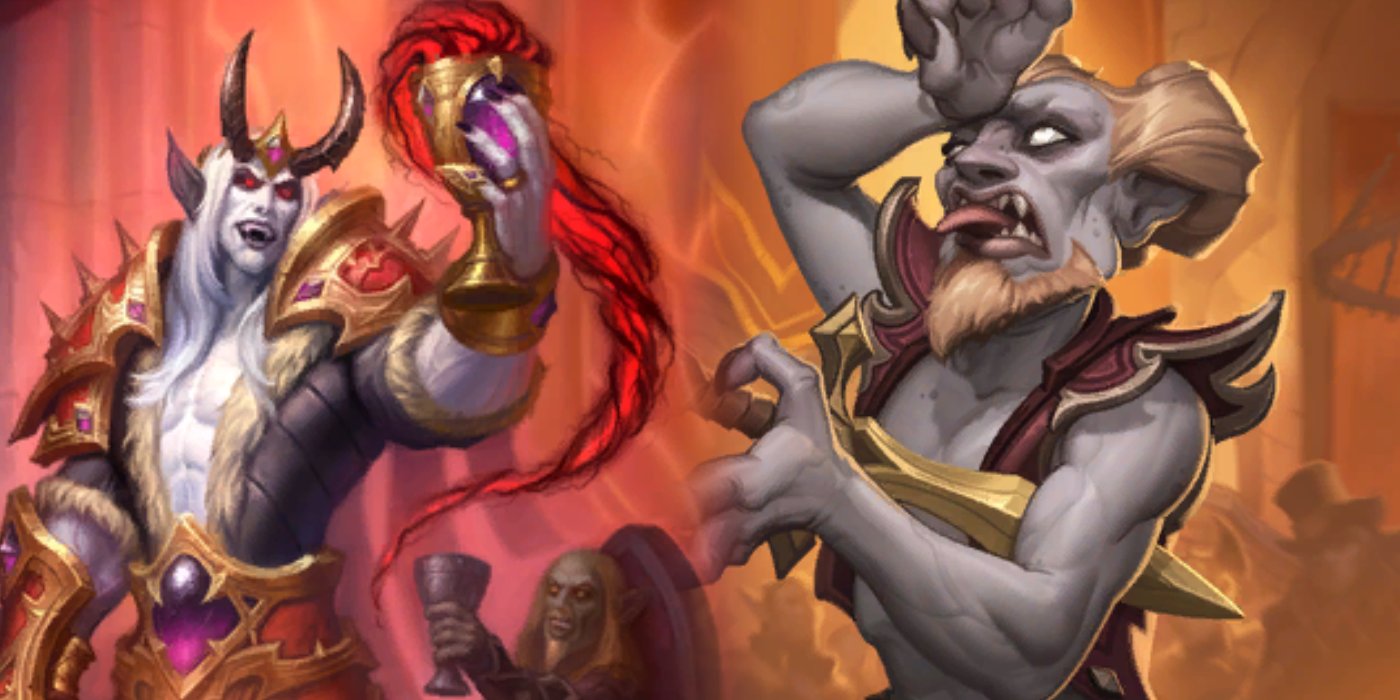
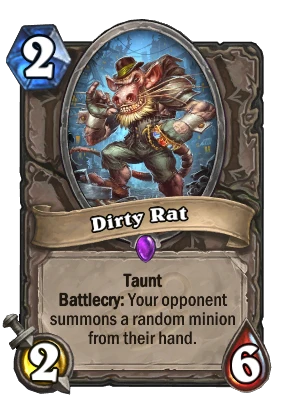
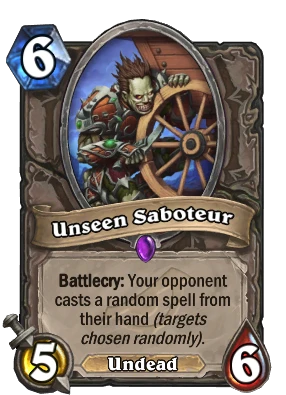
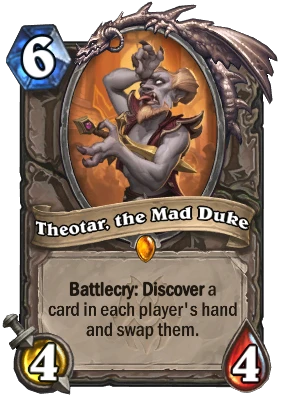
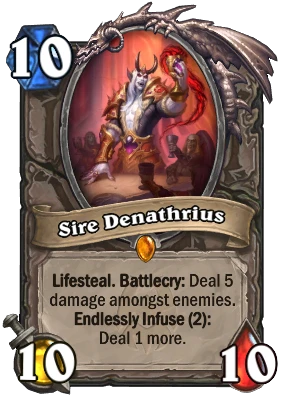
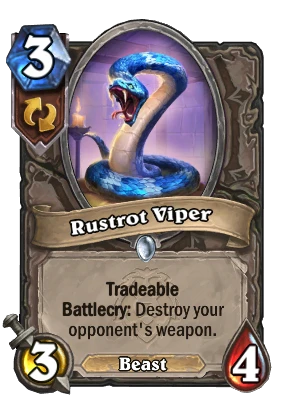
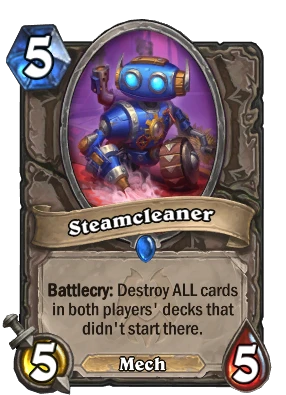
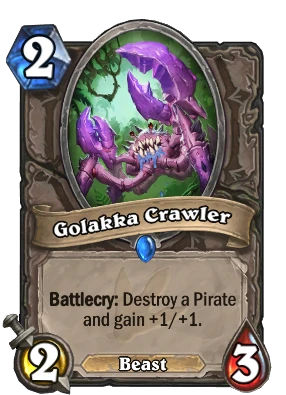
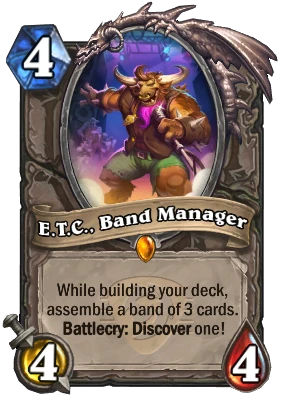
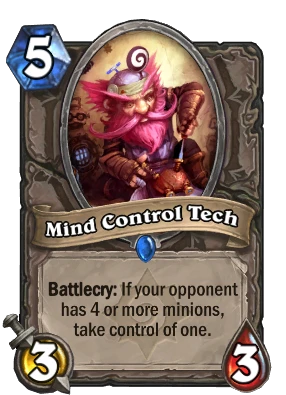
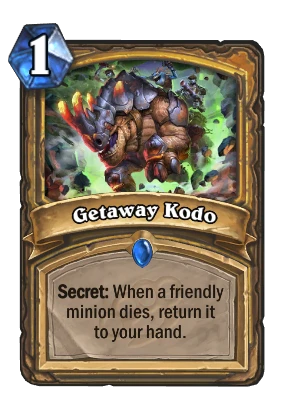
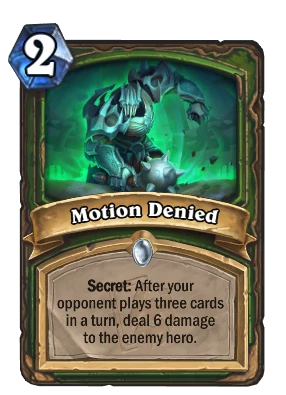

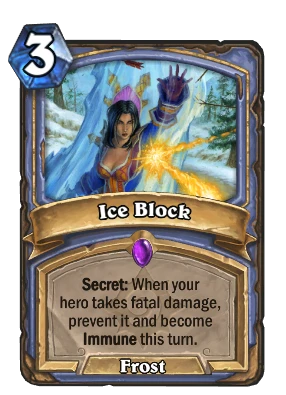
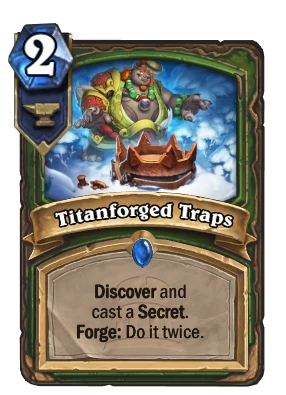
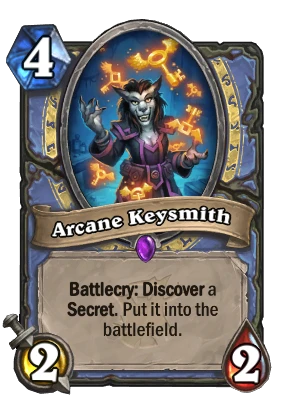
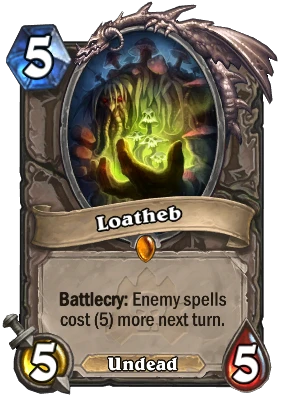
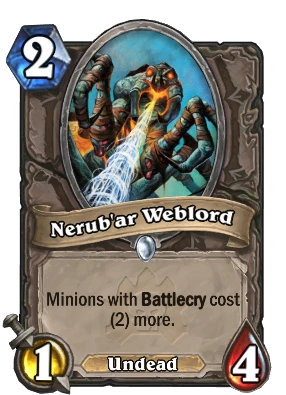

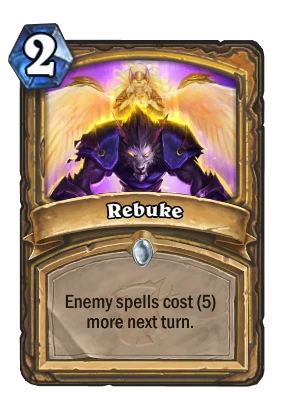
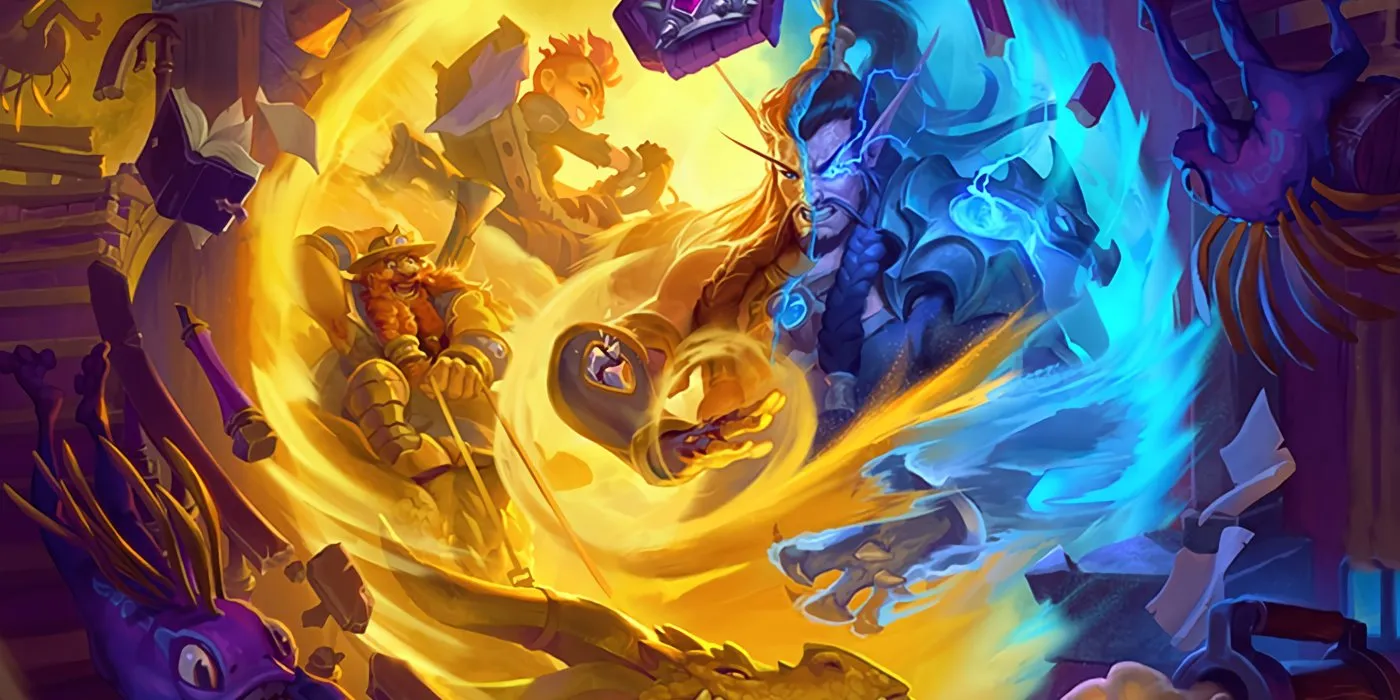
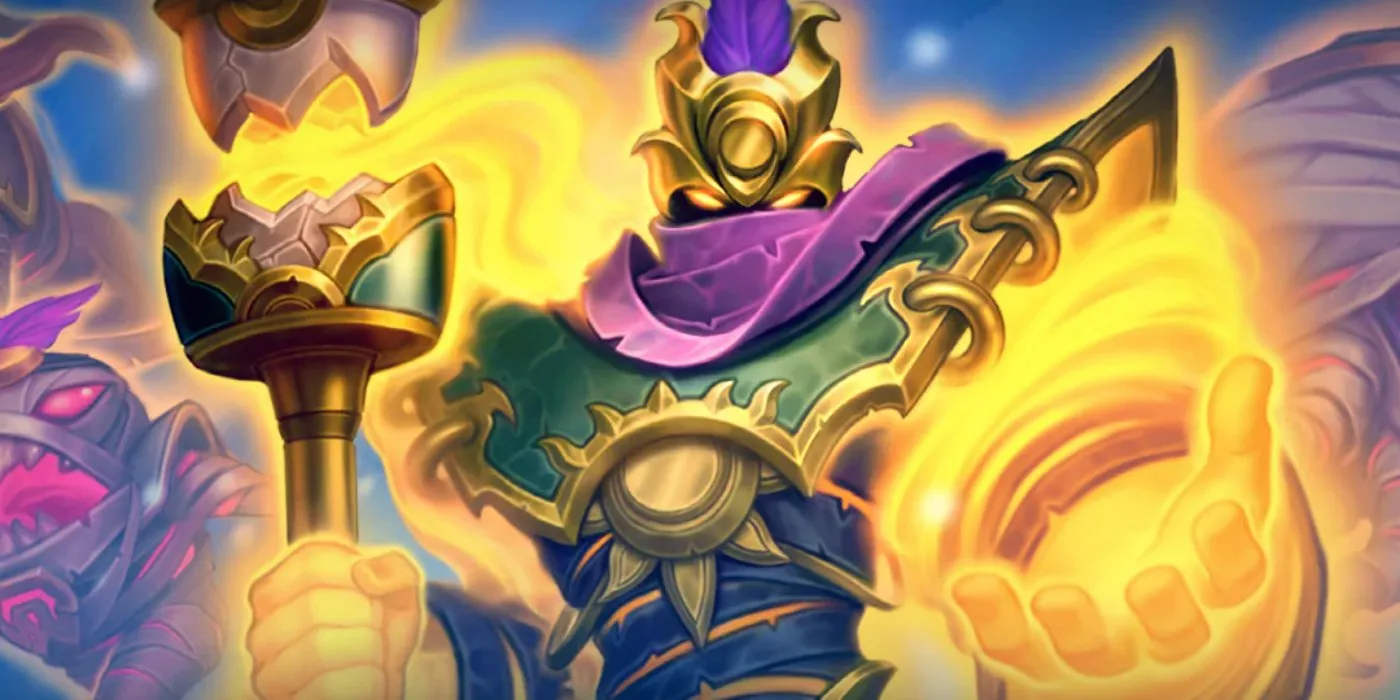
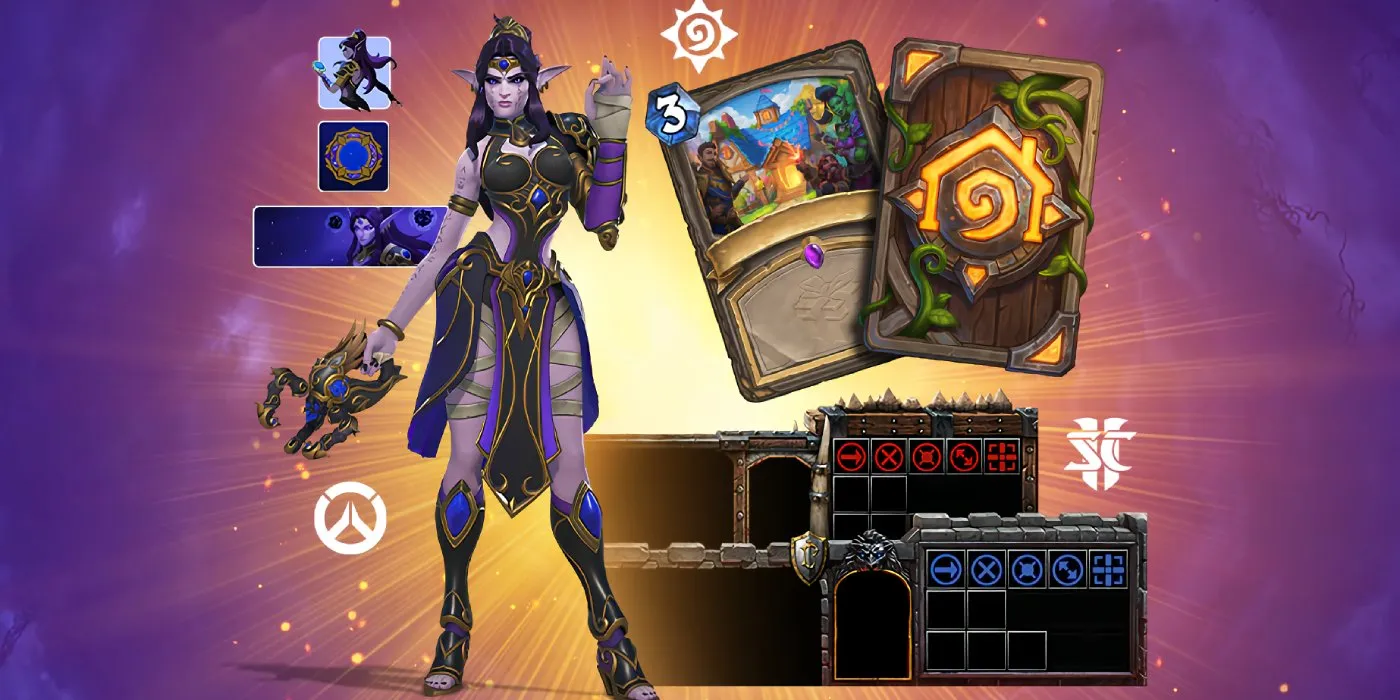
Comments
If Blizzard need to add disruption of any kind, I'd prefer it be on neutral cards like Dirty Rat or Theotar, the Mad Duke. Not sure why Priest and Warlock have disruption as their class identity coz then it just creates bad sentiments for those classes. Remember when everyone and their grandmother was hating on Priest and Warlock when unnerfed Mindrender Illucia and Tickatus were in Standard? If disruption was only relegated to neutral cards, their power level would be more acceptable (with Theotar, the Mad Duke being the exception).
Although, would Theotar, the Mad Duke have been such a controversial card if Sire Denathrius wasn't in the same set? If you play Theotar now in this current meta, it whiffs a lot. Had a priest steal my Yogg recently and it barely made a difference.
I'm 100% on board with the fact that Theotar was nerfed solely because Sire Denathrius, though as much as I hate playing against Denathrius I'm more or less fine with that. Since Denathrius was the free legendary from the set, giving every player access to it definitely helped F2P players with building stronger decks for cheap is definitely a plus to me. Granted this also just made the issue even worse since all sudden everybody could run him if they wanted to, but its definitely a give or take.
As for Mindrender Illucia and Tickatus, I only really think that Mindrender was an issue since it was just being used as a 2 mana time warp and nothing else. If it was being used for its original purpose, that card would've been perfectly fine. With Tickatus on the other hand, only issue I could see with it is just that its annoying to see cards being burned from your deck. Warlock has typically always had a real strong endgame in their control decks and I've always seen having 5-10 cards of my deck burnt to push me into fatigue to just be a variant of it and I'd much rather just lose on the spot than slowly lose from being drowned in 3/4 taunts, 6/6s, or whatever garbage DK Gul'dan would bring back, though that is probably just a me thing.
https://grammarist.com/phrase/without-further-ado-vs-without-further-adieu/ ;)
I'm in shambles D:. Going to pretend this never happened.
Great, thorough article. Thanks Echo!
Disruption is good when the meta is heavy on combo decks or decks whose win condition is in one card like control warrior. The problem is when you can generate more disruption and combo pieces. Example given, control priest.
I know this because I've played the hell out of it. The amount of controlled card generation in this deck is insane. So you can easily end up with 6+ dirty rats, astalors, get every option from ETC, etc. (pun intended). If devs just eased up on this it would be fine honestly. In the meta where combo, otk or big hitter cards don't exist, disruption simply sucks.
Controlled card generation that is also present in other classes like death knight that currently has low amount of cards becomes a big problem when the meta is value heavy and therefore forces disruption cards.
P.S. screw secret mage that archetype was a mistake
Yeah card generation and also redundancy for these pieces can definitely blow any issues with them out of proportion. Having enough disruption in the meta is necessary especially as more cards like Odyn, Prime Designate are released, but too much is definitely a bad thing as it just takes away any agency the opponent might have. I am much more on the side of erring on the side of caution for card generation over disruption since it gets to a certain point where playing around random cards is unreasonable.
And yeah secret mage has been fairly annoying a lot of the time, but I still can't help but love how secrets impact how a match can be played, even if more often than not its going to be an explosive runes or counterspell.